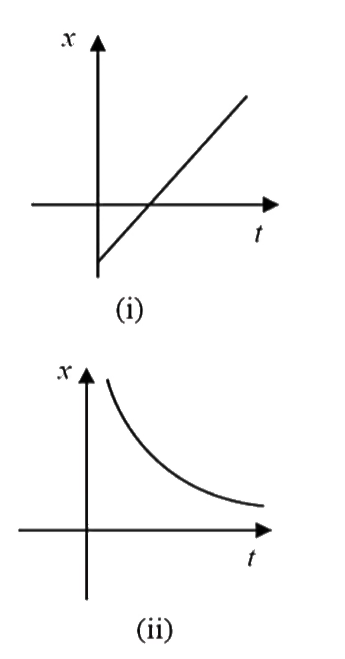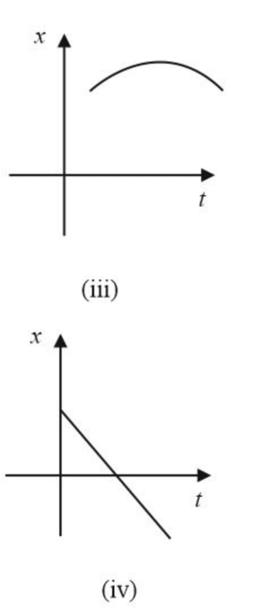Explain with reasons which of the following gaphs can possibly represent the motion of a particle observed in nature ?

Video Solution
Text Solution
(a) This graph shows that with increase in time distance first increase and then decrease. However, distance can never decrease with time, so this graph is not physically possible.
(b) This graph shows that at certain instant of time (t1) the body is present at two positions. Also it shows that time first increase and then decrease. Since both these conditions cannot be realised in practice, this graph is not physically possible.
|
Updated on:21/07/2023
Topper's Solved these Questions
- BOOK - GRB PUBLICATIONCHAPTER - MOTION IN A STRAIGHT LINEEXERCISE - Problem14videos
MOTION IN A STRAIGHT LINE
- BOOK - GRB PUBLICATIONCHAPTER - MOTION IN A STRAIGHT LINEEXERCISE - Problems and Practice16videos
MOTION IN A STRAIGHT LINE
- BOOK - GRB PUBLICATIONCHAPTER - FRICTION AND CIRCULAR MOTION EXERCISE - Comprehension type11videos
FRICTION AND CIRCULAR MOTION
- BOOK - GRB PUBLICATIONCHAPTER - MOTION IN TWO AND THREE DIMENSIONSEXERCISE - All Questions210videos
MOTION IN TWO AND THREE DIMENSIONS
Similar Questions
Knowledge Check
- Question 1 - Select One
Which of the following graphs best represents the motion of a raindrop?
A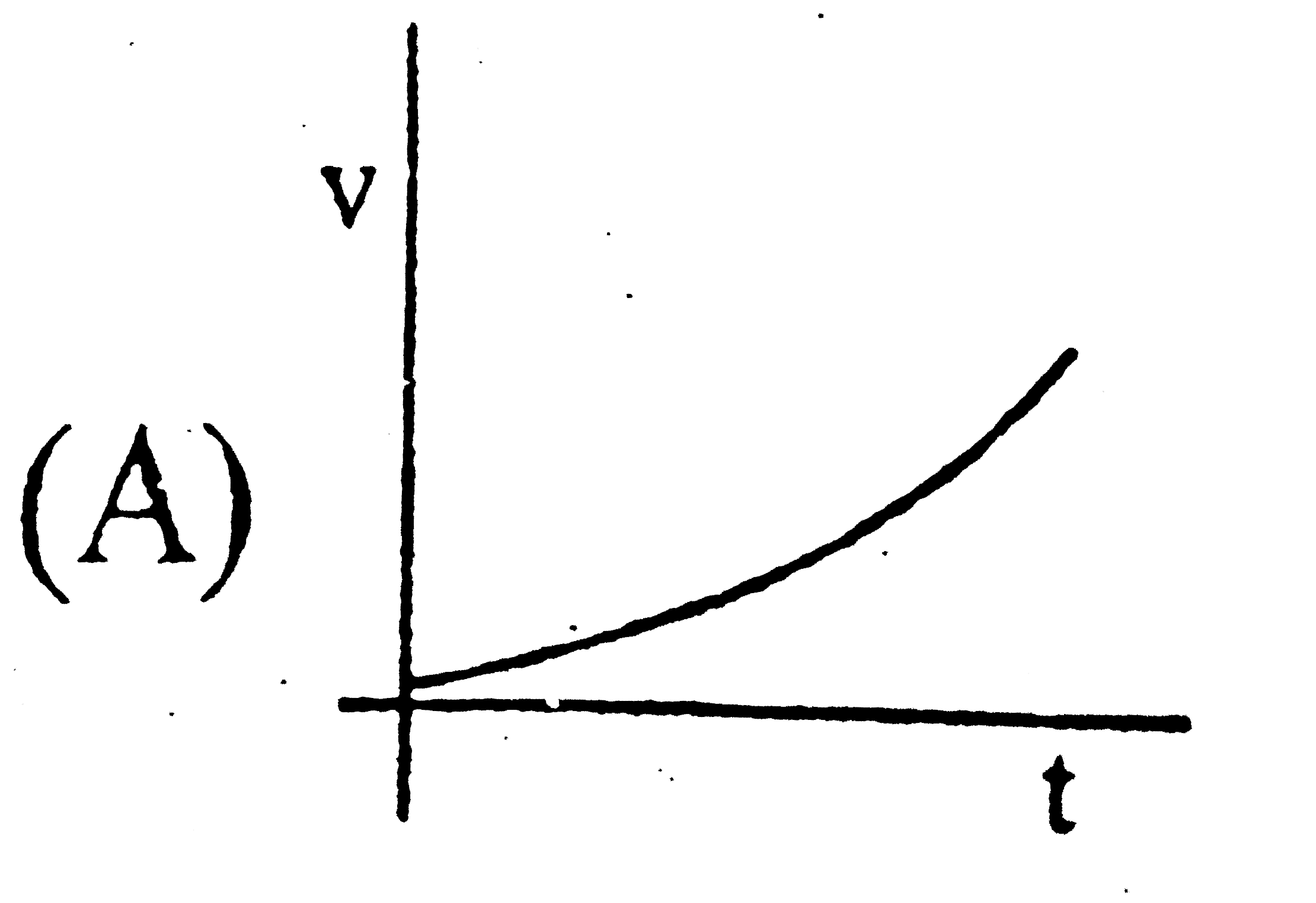 B
B C
C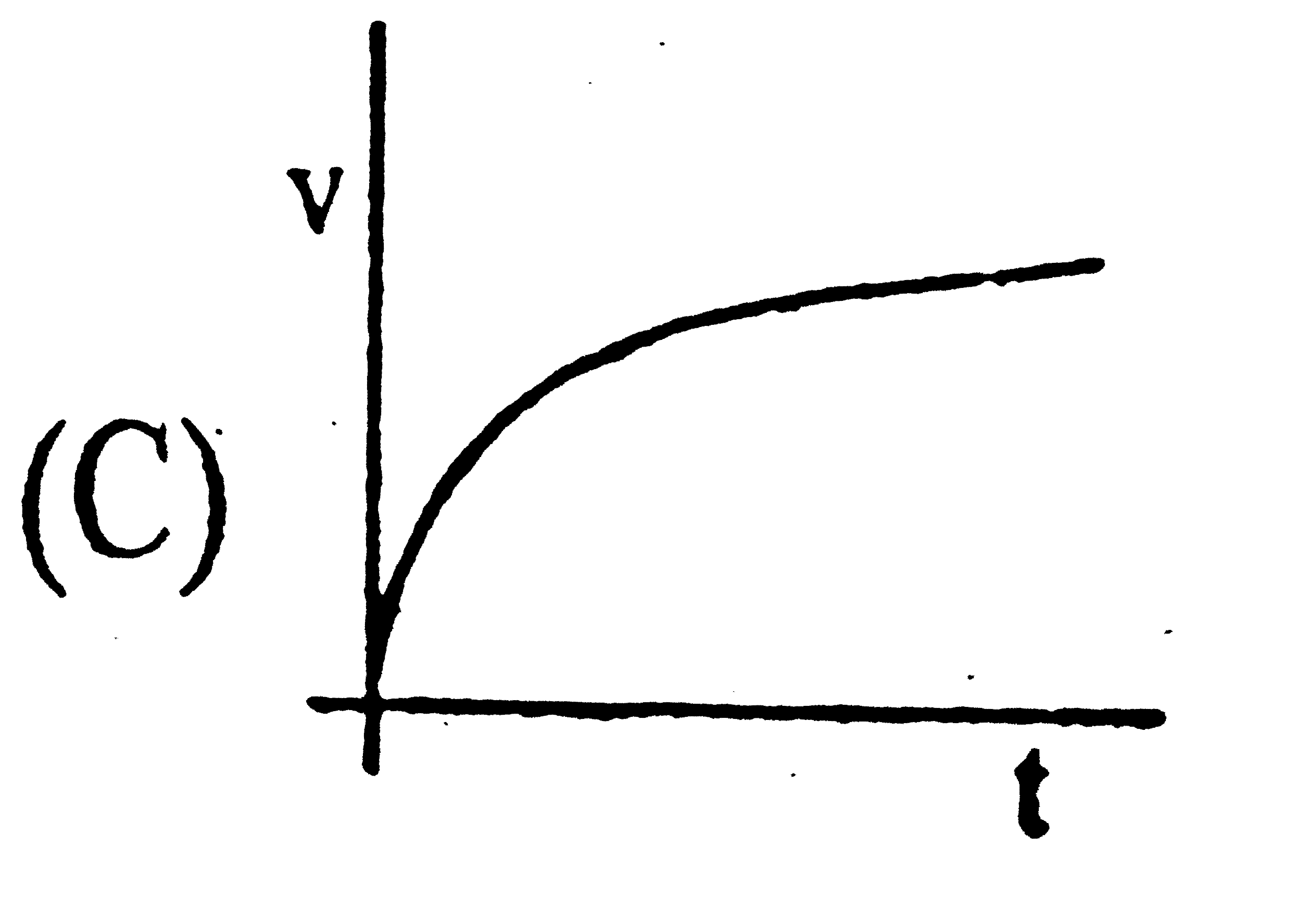 D
D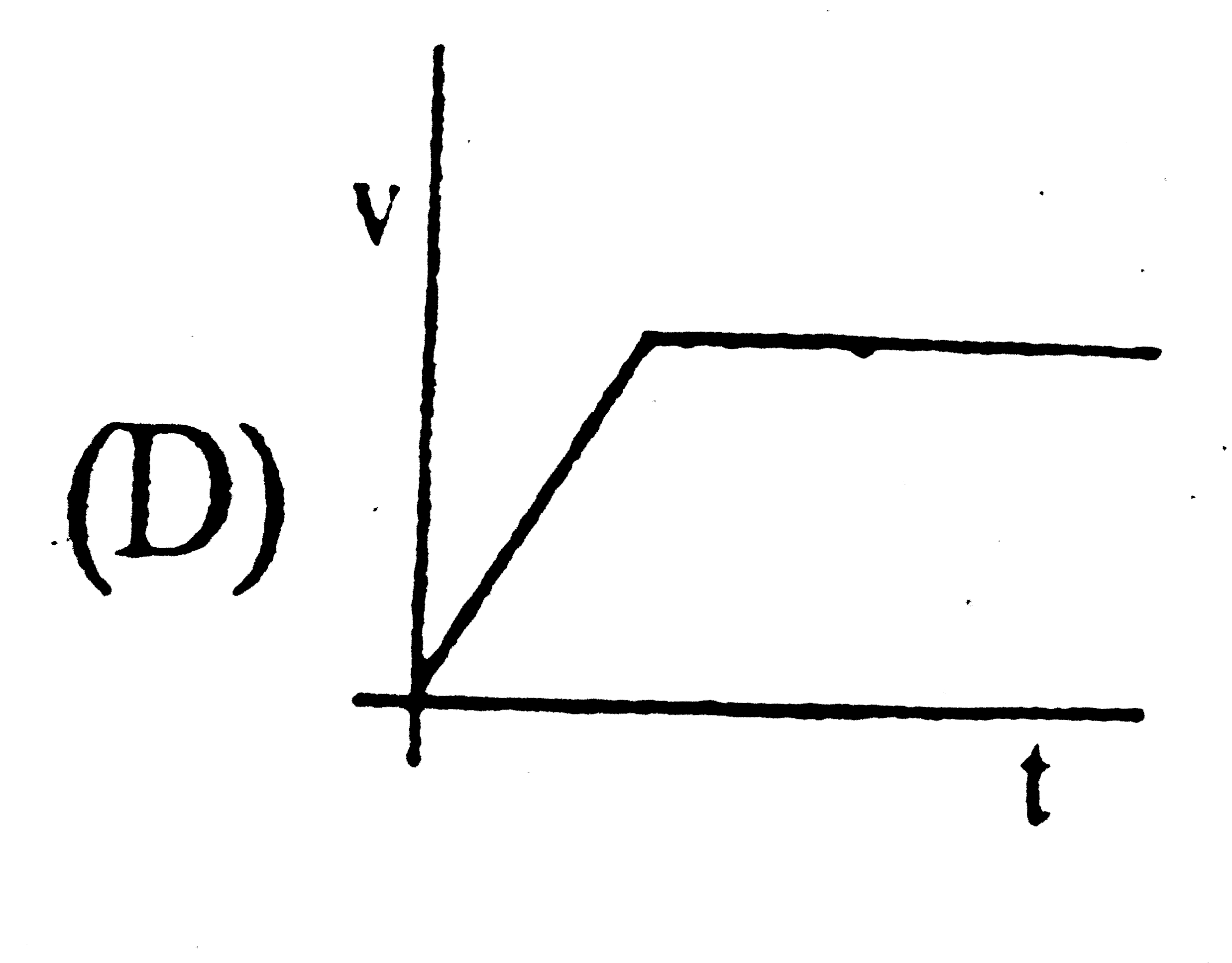
- Question 2 - Select One
Which of the following graphs cannot possibly represent one dimensional motion of a particle?
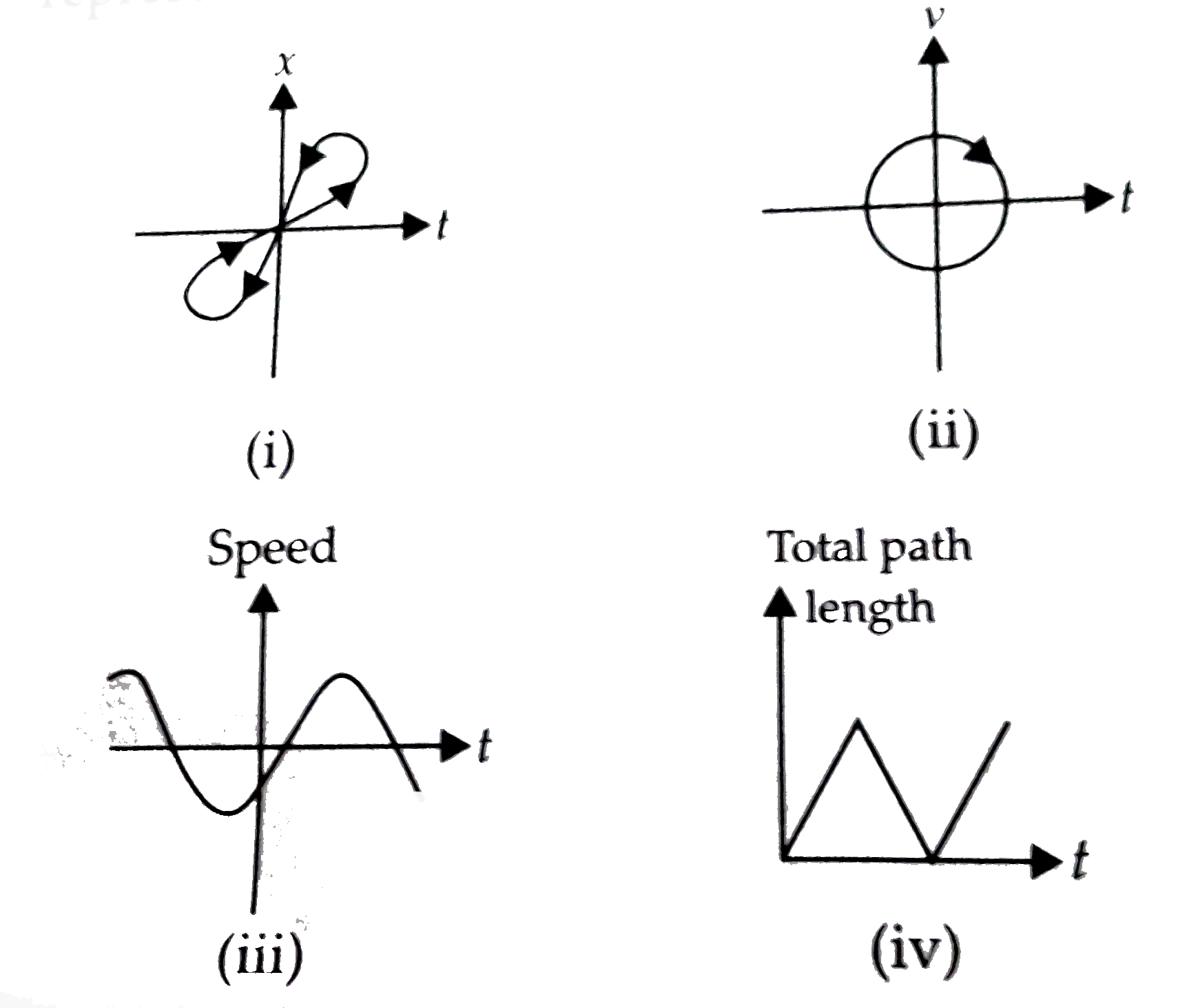 A(i) and (ii)B(ii) and (iii)C(i), (ii) and (iii)DAll four
A(i) and (ii)B(ii) and (iii)C(i), (ii) and (iii)DAll four - Question 3 - Select One or More
Which of the following graphs cannot represent one dimensional motion of a particle?
A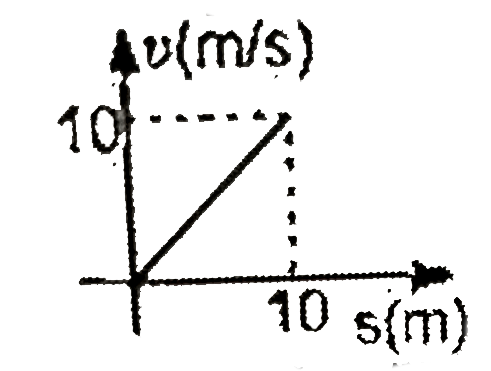 B
B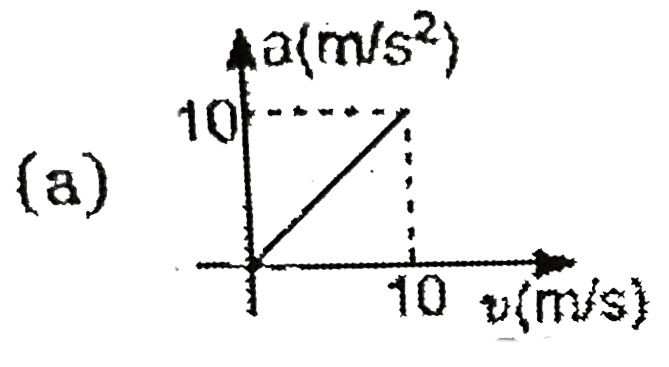 C
C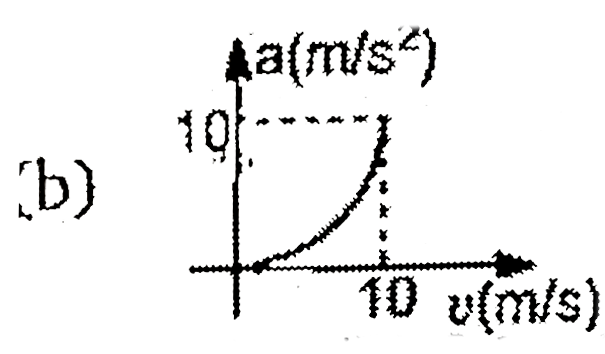 D
D
Which of the following graph represents uniform motion
View SolutionWhich of the following functions of time represent periodic motion ?
View SolutionState whether the following functions can represent wave motion ?
View SolutionWhich of following graphs represent accelerated motion ?
View SolutionWhich one of the following graphs represents motion?
View Solution


 .
.